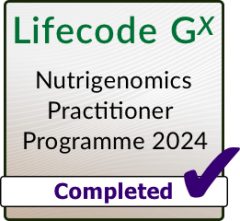Reference Number: 139
Year: 2008
Link: Link to original paper
Health: Gut Microbiome - Creating Healthier Bread to Support Optimal Gut Health
Nutrition: Organic acids | Vitamins
Lactic Acid Bacteria: Prevalence
Yeast: Species
Inclusions: kvass
Summary
Summary
Kvass is a fermented cereal beverage which produced from malt, rye flour, stale rye bread, and sucrose and is consumed mainly in Eastern Europe.Two main kvass- making techniques exist using either stale sourdough bread or malt as main raw materials. Moreover, it is of interest as one of the few examples of traditional, non-alcoholic cereal based beverages.The usage of artisanal starters which are maintained by continuous back-slopping remains the most common way to start kvass fermentations. The microXora of kvass fer- mentation is consistently composed of lactic acid bacteria and Saccharomyces cerevisiae [1, 3] but the composition on species level is expected to be quite variable due to diVerences in fermentation techniques and feedstock. In this study, a commercial kvass sample was characterized with respect to the fermentation microflora and the concentration of microbial metabolites. Lactobacillus casei and Leuconostoc mesenteroides were the most dominant microbial species. Saccharomyces cerevisiae was also present. Microbial metabolites in kvass were ethanol, lactate, and acetate. Interestingly, oligosaccharides such as isomaltotriose are also produced during the fermentation process which are considered to possess prebiotic properties as they can be only broken down by gut bacteria in the small intestine. Overall, kvass serves as a great source of microbes to improve our gut health (probiotic) as well as potentially have prebiotic properties.

